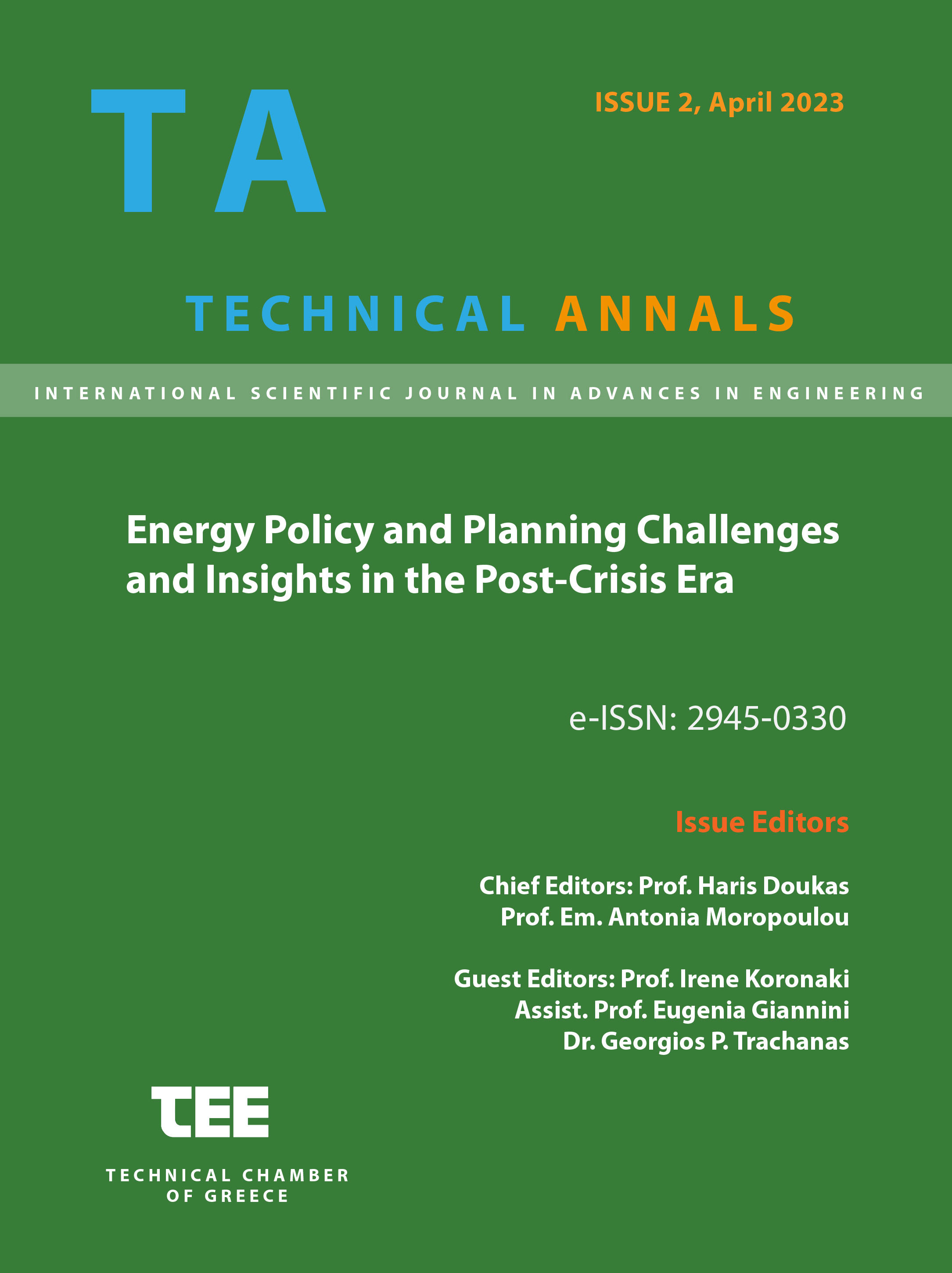An ESG materiality methodology combining criterion level and sector-based approaches

Abstract
As the ESG principles are rapidly becoming critical in the decision-making process of investment undertaking, companies must deal with ESG reporting either to fulfil obligatory requirements according to EU legislation or, to stay competitive and in line with the investing trends. In the market, several ESG rating methodologies exist consisting of numerous criteria and indicators that companies must consider in their reporting. Nevertheless, neither all ESG rating frameworks consider the same criteria, nor do all criteria have the same materiality weighting when estimating the final ESG rating. Thus, the establishment of a standardized and normalized ESG criteria materiality framework is considered crucial. This will enable the fine-tuning and calibration of the ESG evaluation, with materiality values that reflect accordingly the significance of the most important criteria. In addition, this methodology will enhance the comparability of the results of the different companies’ evaluations while creating a harmonized framework. The present manuscript introduces an integrated methodology for the estimation of the ESG materiality factors putting emphasis on the most frequent criteria of the main economic sectors. The methodology analyses data from several sources, including academic papers and methodologies, companies’ reports and globally established rating frameworks. The proposed approach results in the estimation of the materiality values for each criterion of a specific ESG rating scorecard, as well as introduces an overview of the materiality issues for each economic sector.
Article Details
- How to Cite
-
Kakogiannis, N., Doukas, H., Chrysanthopoulos, N., Mexis, F. D., & Stouris, K. (2023). An ESG materiality methodology combining criterion level and sector-based approaches. Technical Annals, 1(2). https://doi.org/10.12681/ta.34099
- Section
- Energy

This work is licensed under a Creative Commons Attribution-NonCommercial-ShareAlike 4.0 International License.


